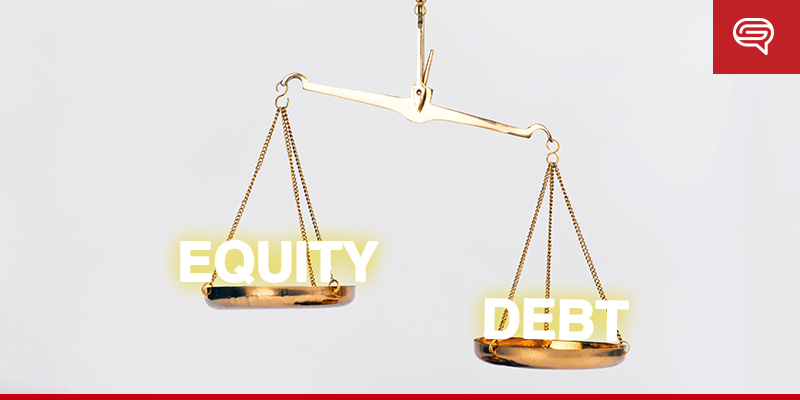Not all venture capitalists are created equal. Choosing the right partner is critical for the long-term success of your venture. Let’s explore the venture capitalist red flags entrepreneurs should be vigilant about.
Need a Presentation Designed?
Click Here To View Our Amazing Portfolio
Lack of Alignment
Divergence in long-term goals, differences in risk tolerance, and misalignment in exit strategies can lead to conflicts down the road.
Entrepreneurs need to ensure that their vision for the company aligns with the VC’s expectations and objectives. Clear communication about expectations, whether short-term and long-term, is crucial in avoiding potential pitfalls.
Poor Track Record
A venture capitalist’s track record is a window into their past successes and failures.
Thoroughly researching the VC’s investment history and examining their portfolio performance, successful exits, and failures are a must. Understanding how the VC has handled similar situations provides valuable insights into their decision-making process.
Entrepreneurs should seek references from previous portfolio companies to gain a more nuanced perspective on the VC’s track record.
Limited Involvement and Support
While securing funding is a significant milestone, the relationship with a venture capitalist goes beyond the financial transaction. Entrepreneurs should assess the level of VC engagement and support beyond the boardroom.
The best venture capitalists offer mentorship, guidance, and valuable industry connections. Limited involvement can be a red flag, signaling a lack of commitment or interest in the startup’s success beyond the initial investment.
Unreasonable Valuations and Terms
Entrepreneurs should be wary of venture capitalists proposing inflated valuations or presenting complex and unfavorable terms.
Unreasonable valuations can lead to challenges in future fundraising rounds, and unfavorable terms may result in significant dilution for the founders. Careful evaluation of the proposed terms and their potential impact on the company’s growth trajectory is essential before entering into any agreement.

Communication Issues
Effective communication is the bedrock of any successful partnership. Thus, entrepreneurs should be cautious if there is a lack of transparency or poor communication during the due diligence process.
Assessing the responsiveness and accessibility of the venture capitalist is crucial, as timely communication is vital in navigating the challenges that inevitably arise during the startup journey.
Reputation and Ethics
A venture capitalist’s reputation in the industry is critical in determining their suitability as a partner.
Entrepreneurs should conduct thorough research to identify venture capitalist red flags, including unethical business practices, lack of integrity, or legal entanglements.
Seeking feedback from previous portfolio companies can provide valuable insights into the VC’s business practices and the impact of their involvement on the startup’s overall reputation.
Overemphasis on Control
While venture capitalists bring valuable experience and insights, entrepreneurs should be cautious if there is an overemphasis on control.
Balancing the need for guidance with the autonomy to make critical decisions is essential for the company’s long-term success. Avoiding situations that limit the startup’s flexibility and hinder its ability to pivot or adapt to changing market conditions is crucial.
Unrealistic Expectations
Managing expectations is critical in any business relationship.
Entrepreneurs should be wary of venture capitalists with unrealistic expectations regarding growth, timelines, and milestones.
Open and honest communication about the company’s potential challenges and opportunities is essential to ensure that both parties are on the same page and working towards common goals.
Need a Presentation Designed?
Click Here To View Our Amazing Portfolio
Navigating the investment landscape requires a discerning eye and a strategic approach to perceive venture capitalist red flags. By being vigilant, entrepreneurs can make informed decisions that set the stage for a successful and mutually beneficial partnership.





















